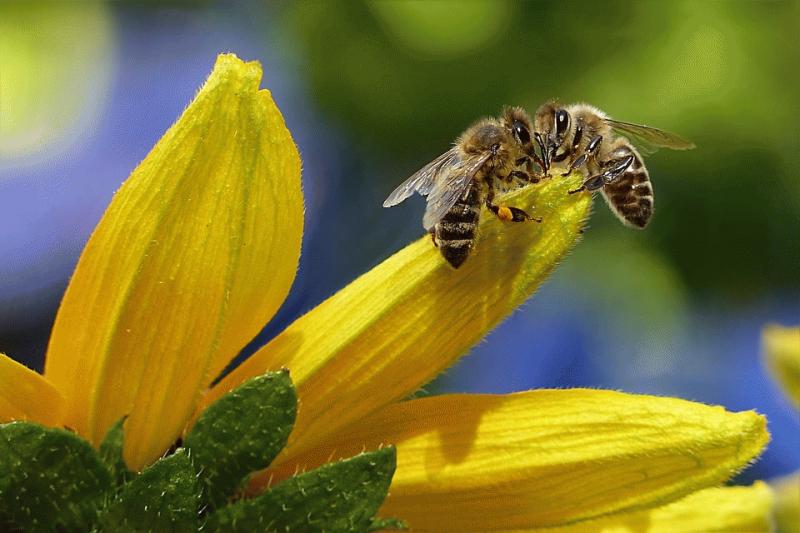Antonio Manaytay – Fourth Estate Contributor
Edinburgh, United Kingdom (4E) – Researchers have discovered why bees could always make their way home in a straight line after a long, circuitous and complex journey. The findings could even help the development of new algorithms for autonomous robots to navigate without using GPS or supercomputers.
The study, published in the journal Current Biology, has shown how a network of neurons integrate the changes in direction and distance made on their way out and helped the bees make beeline – a direct line – for home.
Before the study, it was known that the bees used their vision to navigate but it was never explained what has happened in their brains as they make their journey home. The brain of the bees is smaller than a grain of rice.
The discovery of neurons – which are located in the insect’s brain called the central complex – has played an important role for the scientists to discover how the brain of the bees works to map their way home.
This region where the central complex is located is responsible for controlling the navigation system shared by most animals, bees, ants, and humans.
The study said the bees stored all their memories of their outbound journey – changes of directions and distances – and processed it to guide their bees in their journey homeward in the almost straight path.
To discover the complex operations of the system, a group of scientists and the researchers at the University of Edinburgh, studied how the brains of nocturnal rainforest bees function.
In the study, the scientists monitored how the nerve functions by “attaching tiny electrodes to bees’ heads as the insects were shown virtual reality simulations of what they see when flying forward or rotating.”
They also studied how the nerve cells are connected to develop a computer-generated model of bees’ brain.
“The most exciting part of this research was when computer modeling of the ‘spaghetti’ of connections between nerve cells revealed the elegant principle by which bees keep track of their position and steer back home,” said Professor Barbara Webb of the University of Edinburgh’s School of Informatics.
“Understanding such a complex behavior at the level of single neurons is an important step forward for the science of brain function,” she added.
Article – All Rights Reserved.
Provided by FeedSyndicate





















